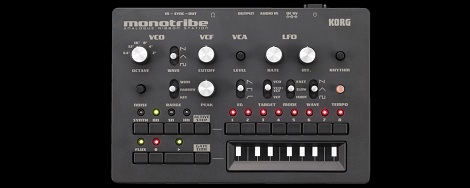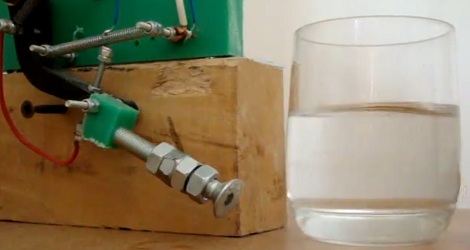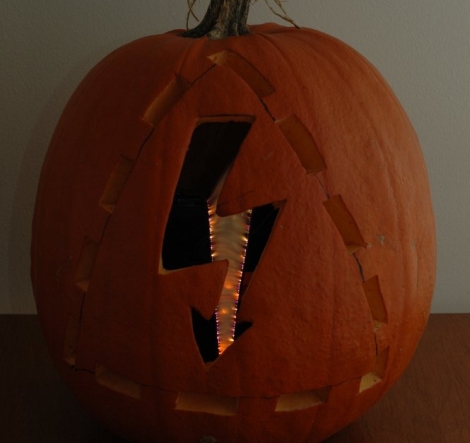
Yesterday, Korg released a firmware update to their ribbon controller synth, the Monotribe. The firmware is just an audio file that needs to be played to the sync input of the box. [gravitronic] thought this was rather interesting, so he decided to decode the monotribe firmware. It’s the first step to custom Monotribe firmware, and on the path towards reverse engineering this neat box.
After converting the firmware update to a .wav, [gravitronic] looked at the file with a hex editor and found that each sample is two bytes, and the left and right channels are the same. That made enough sense, so after getting rid of one channel, he sent it through Python to take a look at the patterns of ones and zeros.
Of course, [gravitronic] arbitrarily chose high = 1, low = 0, and little-endianness. The first result didn’t produce a nice “KORG SYSTEM FILE” in the header, so he tried other combinations until the output file looked reasonable. The result is the actual .bin file that’s going to serve as the basis for a nice homebrew firmware. You can grab [gravitronic]’s Python script here and decode your own firmware.

















